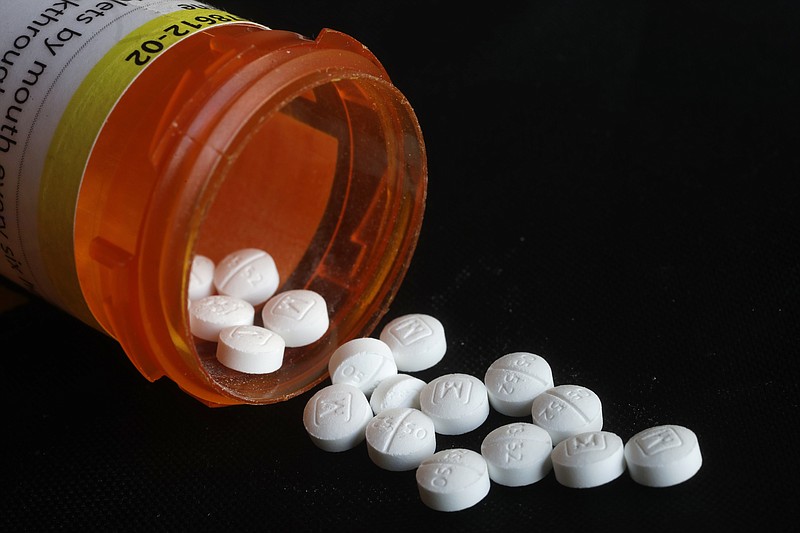Multi-faceted approaches to the opioid epidemic appear to be saving lives in Missouri, according to preliminary data gathered by the Missouri Hospital Association.
More than 700 agencies across the state, including some schools and libraries, have received overdose prevention education and naloxone distribution training. Naloxone is the opioid overdose reversal drug.
Health care providers' participation in Missouri Opioid State Targeted Response (STR) and Missouri State Opioid Response projects have - at the very least - greatly increased state residents' access to treatment for opioid use disorders, according to data provided by the Missouri Hospital Association.
The projects expand access to integrated prevention, treatment, recovery support and harm reduction services for people with opioid use disorder, according to nomodeaths.org. The website provides information about where people may obtain naloxone, connect with treatment options and contact support groups.
The U.S. opioid epidemic refers to a rapid growth in use of prescription and non-prescription opioids, beginning in the late 1990s and continuing today. The use of opioids led to "epidemic levels" of opioid overdose deaths, according to the U.S. Drug Enforcement Agency. In the past few years, there have been more than 50,000 overdose deaths in the United States annually.
The hospital association conducted surveys to create a starting point to show where Missouri's health care providers were positioned for efforts to overcome the epidemic, according to Shawn Billings, MHA director of substance use programming.
"This is our baseline to draw from," Billings said. "We are following up on these numbers to see if there has been improvement."
The survey found 40 percent of hospitals did not have access to a prescription drug monitoring program - surprisingly low, considering Missouri has been criticized because it is the only state in the nation without a statewide program. Instead, regional programs have developed. MHA received national recognition after it provided resources and support to help a county-based prescription drug monitoring program launched by St. Louis County.
Forty-one percent of hospitals in Missouri used a prescription drug monitoring program as a screening tool. Sixty-six percent of MHA hospitals attempted non-opioid pain management before prescribing an opioid.
Limiting access to opioids, 71 percent provided only three-day supplies of opioids (or less) in their emergency departments. Seventy-five percent comply with Centers for Disease Control and Prevention guidelines for prescribing opioids for chronic pain.
Of those surveyed, 81 percent said they would not replace lost or stolen medications.
Eighty-nine percent conducted pain assessments.
MHA will survey hospitals again in early 2020, Billings said, and again in late spring.
"We're going to have to wait until the first quarter of 2020 to glean the 2019 figures," he said. "There are interesting findings in there."
Billings added preliminary numbers are encouraging, particularly the number of agencies that have received naloxone (727) and the number of naloxone kits distributed (more than 15,000).
Missouri has received a little more than $60 million in federal funding from the Substance Abuse and Mental Health Services Administration over the past three years, he said.
Federal funding helps projects like the MO-HOPE project, whose goal is to reduce overdose deaths in Missouri through referrals to treatment, and expanded public awareness, access to overdose education and access to naloxone.
The project found overdose events are highest among people ages 25-44 and that 39 percent of overdose reversals in Missouri were administered by a victim's friend.
Sixty-five percent of all overdose deaths in the state in 2018 happened in the city of St. Louis and St. Louis, St. Charles and Jefferson counties. In St. Louis city and county, 90 percent of deaths involved fentanyl, 36 percent involved heroin and 6 percent involved prescription opioids.
Health care providers also wanted to see if they could identify how effective STR is. So they looked at treatment delivery for 12 months leading to the beginning of the STR program and for the first 12 months after the program started.
The rate of medication-assisted treatments increased from 40 percent to 80 percent, and buprenorphine (used to treat opioid addiction) use increased from 24 to 40 percent. Patients continued treatment at a rate that was 18 percent higher. Psychosocial services for patients increased.
"The proof is in the pudding," Billings said. "There have been successes."

